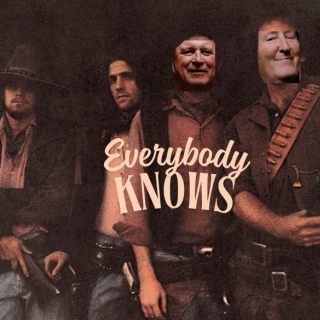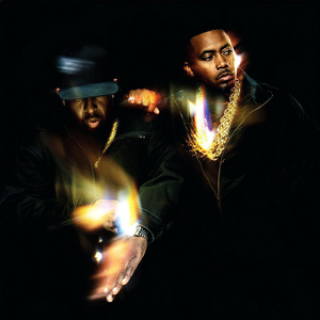Advertisement
It is almost impossible to find a picture of Chuck Berry where he isn’t holding a guitar, typically a Gibson ES-350T or ES-335. Although the 335 is probably more common in the photo vaults, most of records that Berry made during his heyday in the late 1950’s and early 1960’s – “Maybelline,” “Johnny B. Goode,” “Roll Over Beethoven” etc. – were cut with the 350T.
The 350T is a semi-acoustic archtop, something of a cross between an amplified acoustic guitar such as the ES-150 and full solid bodies such as the Les Paul. A solid center block permitted electric amplification without too much feedback, while the hollow pockets on both sides of the guitar featured f-shaped sound holes which permitted the instrument to be played acoustically. Like most of the guitars of its era, it was intended for guitarists playing in the jazz orchestras popular at the time. Its arched body is a piece of craftsmanship, the work of a master luthier. They cost shit-tons of money.
For the last 50 years the design of a “guitar” has been more or less set: 6 strings and a 19-24 fret neck attached to a hollow or solid body. Back when the ES-350T was built, however, this style was still referred to as a “Spanish” guitar to distinguish it from Hawaiian guitars designed to be played on a user’s lap. “The “ES,” then, stands for Electric Spanish, the 350 was the recommended price, and the T meant that the guitar was a thin body, meaning that it is a couple of inches less deep than a standard acoustic guitar.
Berry, obviously, took the guitar in a whole different direction than big band jazz, playing it at a high volume through tube amps producing a slightly distorted sound. The guitar sounds spectacular this way, with thick tone and a highly responsive fret board.
Sadly, though, you can’t get much of a feel for Berry’s sound from his classic recordings. Let’s be honest with ourselves – Berry’s work in the late 50's Chess Records wasn't very well recorded. Far from being blistering rock and roll you would expect, the sound is thin and anemic. Berry's guitar sounds like it's being played through a clock radio speaker.
This poor sound quality almost forces you to picture Berry's music in its temporal context. It makes sense to hear it blasting out of a ‘54 Chevy in a movie, and zero sense blasting out of a 2013 Honda Civic. It all ends up like Bill Haley’s “Rock Around the Clock,” a museum piece to be gaped at.
There was something of a great leap forward in musical production in the early 60's which Berry unfortunately missed. I can't give a technological explanation for it – it might just be that rock acts were no longer being produced by disgruntled big band enthusiasts. Whatever caused it, the muddled and tinny sound of 1959 singles like Dion's “The Wanderer” gave way to the clarity of a Highway 61 Revisited. Singles from 1964, such as the Stones’ “Get Off of My Cloud,” are still being played on the radio today, but you will almost never hear Berry or his contemporaries.
Monster hits with stunning guitar work, but indifferently recorded. Berry’s later live recordings, such as the 1972 version of “Reelin’ and Rockin,’” surpass the originals in all respects. Even the extended dick joke “My Ding-A-Ling” (also live, and inexplicably Berry’s only number 1 single) is a production festival compared to the Chess recordings, despite the fact the instrumentation consists of a single guitar and 2,000 drunk people.
So how do you get your head around the artist and his guitar that shook the world? If you happen to play guitar and have $6,500.00 lying around, you can buy a 350T and spend an afternoon chugging away on Berry riffs until your neighbors begin to retaliate. A few days ago musician/rampaging bigot Ted Nugent did just this, posting an intense version of “Johnny B. Goode” on Facebook. It’s amazing, and worth a listen if you can tolerate looking at Nugent’s face for three minutes (how Turbo Ted makes his love of Berry jive with his hatred of minorities is best left between him and his god and/or psychologist).
If you don’t play the guitar or haven’t won the lotto recently, you can run down some of Berry’s live concerts on YouTube, particularly the 1969 Toronto Peace Festival. You will find something totally different from the studio recordings. The Toronto “Maybelline” is a wild stomp and its original B side, “In the Wee Wee Hours,” is a muscular blues. The video also features standards like “I’m a Man” and an absolute flamethrower version of “Johnny B. Goode.” You can also check out “Live at the Roxy” from 1982, which features equally great stuff.
I promise you, it will be worth the effort.



